
With the initial verdicts coming in on the 2020 C8 Chevrolet Corvette, the switch to a mid-engined layout is still proving controversial. Yet the use of the mid-engined layout is nothing new. In fact, manufacturers in the USA have been placing the engine in the center for six decades.
We have taken to the history books to chart the journey which has brought us to a Corvette with the engine in the middle.
More on Motoring Research:
- Corvette Museum takes delivery of a prototype C8
- These special edition 2019 Chevrolet Corvettes were designed by racing drivers
- Chevrolet Corvette: 65 years in the making
Mid-engine marvels

To avoid uncertainty, we are concentrating on cars which use a rear mid-engine drivetrain, with the engine behind the passenger compartment but ahead of the rear wheels.
So-called ‘front mid-engine’ models don’t count, not do vehicles with the engine positioned behind the rear wheels. American sports cars have used all such configurations through the years, but it’s the setup used by the Chevrolet Corvette for the first time that we’re focusing on here.
1959 Chevrolet CERV I Concept

Somewhat fittingly, the history of modern mid-engined American cars can be traced back to the Chevrolet Corvette. Famed Corvette engineer and designer Zora Arkus-Duntov experimented with a mid-engined machine in 1959, known as the Chevrolet Engineering Research Vehicle (CERV for short).
A keen racing driver, Arkus-Duntov used CERV I to experiment with engine options for the Corvette. This included an aluminum 283-cubic inch V-8, which developed 350 horsepower. The mid-engined layout was used for its optimum weight distribution and handling characteristics.
1964 Chevrolet CERV II Concept

Arkus-Duntov had identified that, in the short term at least, a mid-engined Corvette could have serious motorsport potential. In 1964 he worked with Chevrolet General Manager Semon “Bunkie” Knudsen to create CERV II as a possible entrant for the Sebring 12 Hours race.
The monocoque chassis featured a 500 horsepower 377-cubic inch V-8, linked by torque converters to both front and rear axles. Arkus-Duntov had created the mid-engined four-wheel drive sports car – something he would then patent. Plans to build actual racers never materialized, even with the potential for a top speed in excess of 210 mph.
1976 Chevrolet Aerovette Concept

The key battle for Arkus-Duntov and other Chevrolet engineers was to attempt to prove that a mid-engined layout made sense for a production Corvette. A number of concepts were created throughout the 1970s, but the Aerovette became the closest to reality.
Initially powered by Chevrolet’s own four-rotor Wankel engine, the Aerovette idea was first dashed by oil embargoes and emissions regulations. A subsequent version with a V-8 engine came within touching distance of making it real, but GM got cold feet and shelved the idea.
1990 Chevrolet CERV III Concept

Chevrolet’s most recent experimentation with mid-engined design came in the late 1980s, with the Corvette Indy concept displayed at the 1986 Detroit Auto Show. This subsequently evolved into the CERV III concept, built in collaboration with Lotus.
Unveiled in 1990, CERV III included high-tech features such as all-wheel drive and four-wheel steering. Power came from a turbocharged version of the 5.7-liter V-8 engine, producing an impressive 650 horsepower.
Exotic components like carbon fiber and titanium, plus the advanced technology, made CERV III too costly for GM to consider putting into production.
1966 Ford GT40 Mk II

Whilst Chevrolet was experimenting with the idea of a mid-engined Corvette, Ford was busy using the drivetrain layout to dominate the Le Mans 24 Hour race. Versions of the GT40 would win the French event four times between 1966 and 1969, cementing its legendary status.
Early versions of the GT40 were built in the United Kingdom, using the Lola Mk6 as a base. Only the Mk IV version, used for two races in 1967, could claim to have been truly designed and manufactured in the United States. Notably, the Mk IV won both of the events it entered.
1971 De Tomaso Pantera

Another mid-engined machine with a Ford link, the Pantera may have been born in Italy, but an agreement with the Blue Oval saw it sold in Lincoln Mercury dealerships in the USA. Key to this Italian-American relationship was the Ford 351-cubic inch Cleveland V-8, sending 326 horsepower to the real wheels.
After sales of 5,500 cars, Ford USA eventually stopped officially importing the Pantera in 1975. Yet Italian production of it continued all the way until 1992. American market cars are notable for their large black plastic front ‘safety’ bumpers.
1984 Pontiac Fiero
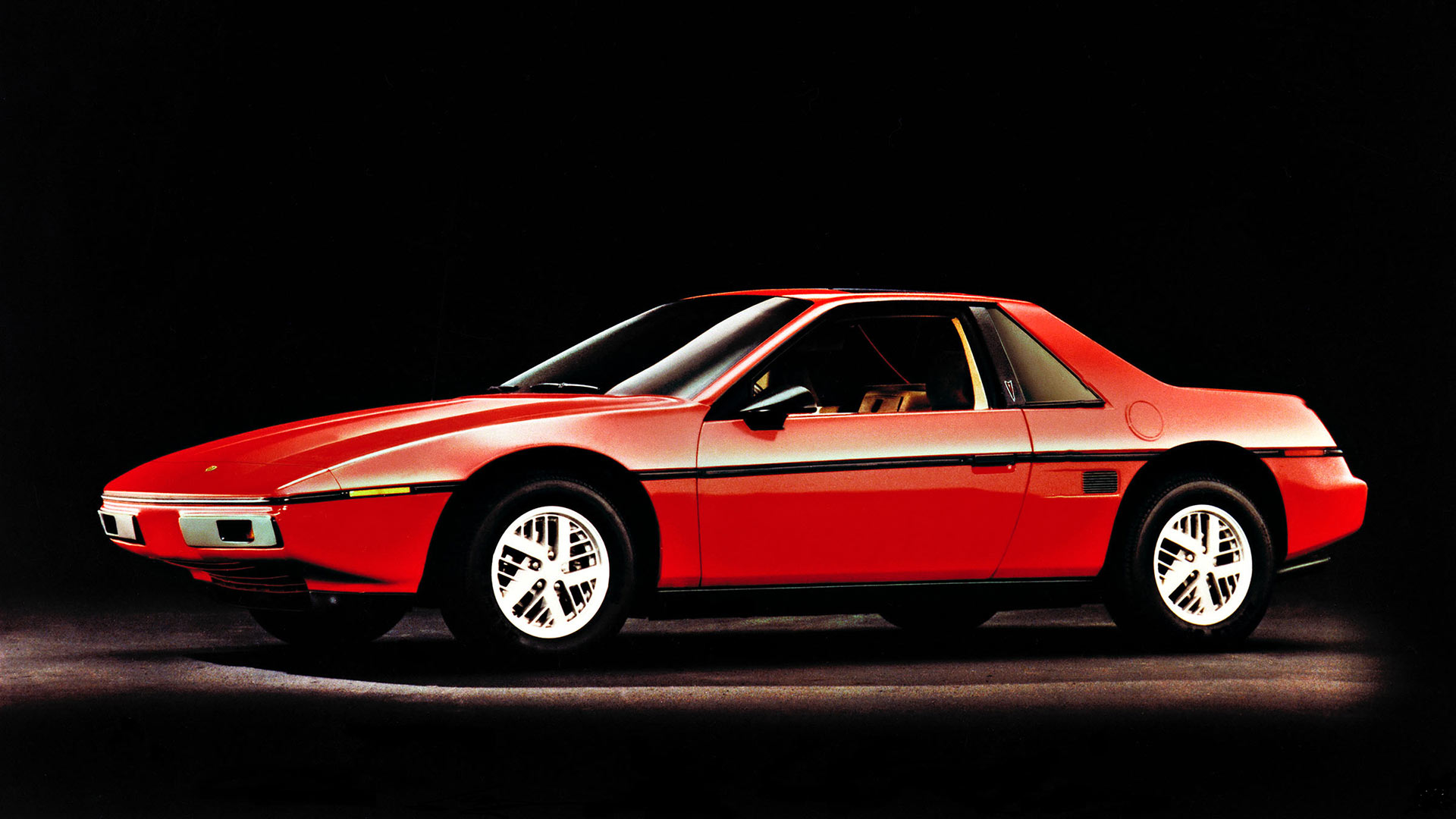
Despite the intense use of mid-engined designs in motorsport, American road cars with the layout remained few and far between. The Pontiac Fiero, launched for the 1984 model year, would become one of the first mid-engined mass-market offerings in the USA.
More than 370,000 examples were built in five years, with Pontiac making a major marketing push. The Fiero acted as the pace car for the 1984 Indianapolis 500, and also sponsored a tour by pop rock duo Hall & Oates.
After years serving as a base for countless kit car conversions, the Fiero is now establishing a cult following amongst collectors.
1985 Ford RS200

Technically the RS200 was produced by Ford Europe, but the significance of it is too great to ignore. Developed for competition in Group B rallying, Ford used a mid-engined four-wheel drive layout for maximum performance. Power from the turbocharged four-cylinder engine could exceed 800 horsepower in certain tunes, making the RS200 a fearsome machine.
A fatal accident on the 1986 Rally de Portugal involving an RS200 would trigger a chain reaction, resulting in the end of Group B by 1987. Ford produced 200 road-going examples of the RS200 to homologate it for rallying, with these cars now highly sought after.
1985 Consulier GTP

Created by American economist and engineer Warren Mosler, the Consulier GTP was a low-volume mid-engined sports car. Powered by a Chrysler 2.2-liter turbocharged four-cylinder engine, the GTP used a lightweight chassis constructed from fiberglass and foam. Carbon fiber and kevlar was also used for the exterior panels.
A high power-to-weight ratio made the GTP hugely effective in IMSA racing, leading to the car eventually being banned from competition. Warren Mosler also famously offered $25,000 to anyone who could beat a road-going GTP around a race track.
1989 Vector W8

After a decade of development, Gerald Wiegert brought his first production car to the world in 1989. Branded the Vector W8, a mid-mounted twin-turbocharged V-8 engine with a claimed 625 horsepower lived beneath the futuristic carbon fiber bodywork.
A potential top speed of 240 mph generated interest, with tennis superstar Andre Agassi one of the earliest customers. Agassi later returned his W8, due to the rear interior carpeting catching fire from the hot exhausts. Fewer than 20 production examples would be built, before Wiegert moved on to a new version of his mid-engined dream.
1995 Ford GT90 Concept
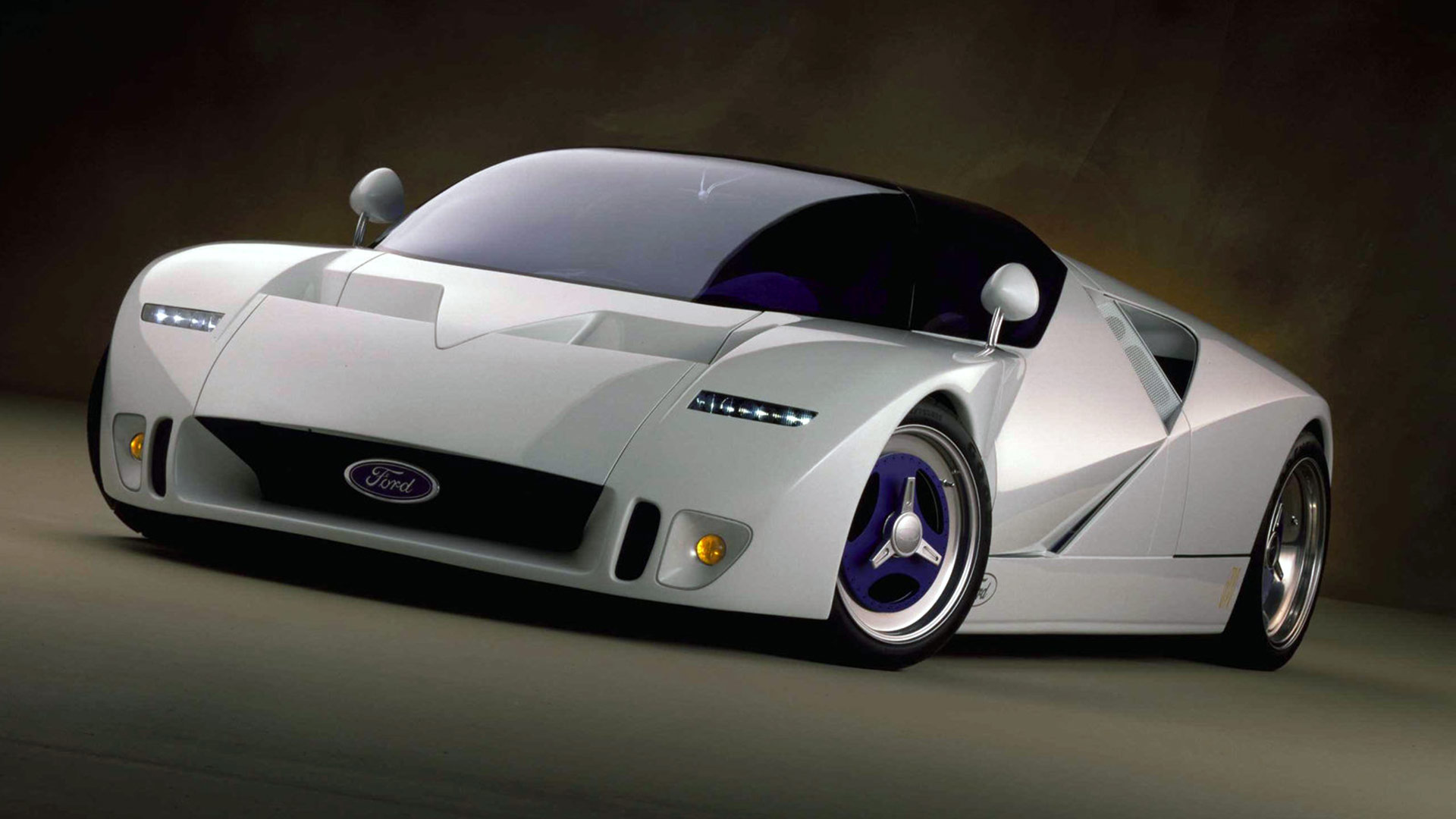
Pioneering the ‘New Edge’ design language which would dictate Ford’s product range for a decade, the GT90 made a dramatic debut at the 1995 Detroit Auto Show. Intended to be a spiritual successor to the GT40, a quad-turbocharged 6.0-liter V-12 made an estimated 720 horsepower, with a claimed top speed in excess of 250 mph.
Although initial ideas suggested the mid-engined GT90 could become a production car, by the end of 1995 it became clear this was very much just a pipe dream. The GT90 did at least feature in a number of video games, allowing fans to experience it virtually.
2000 Saleen S7
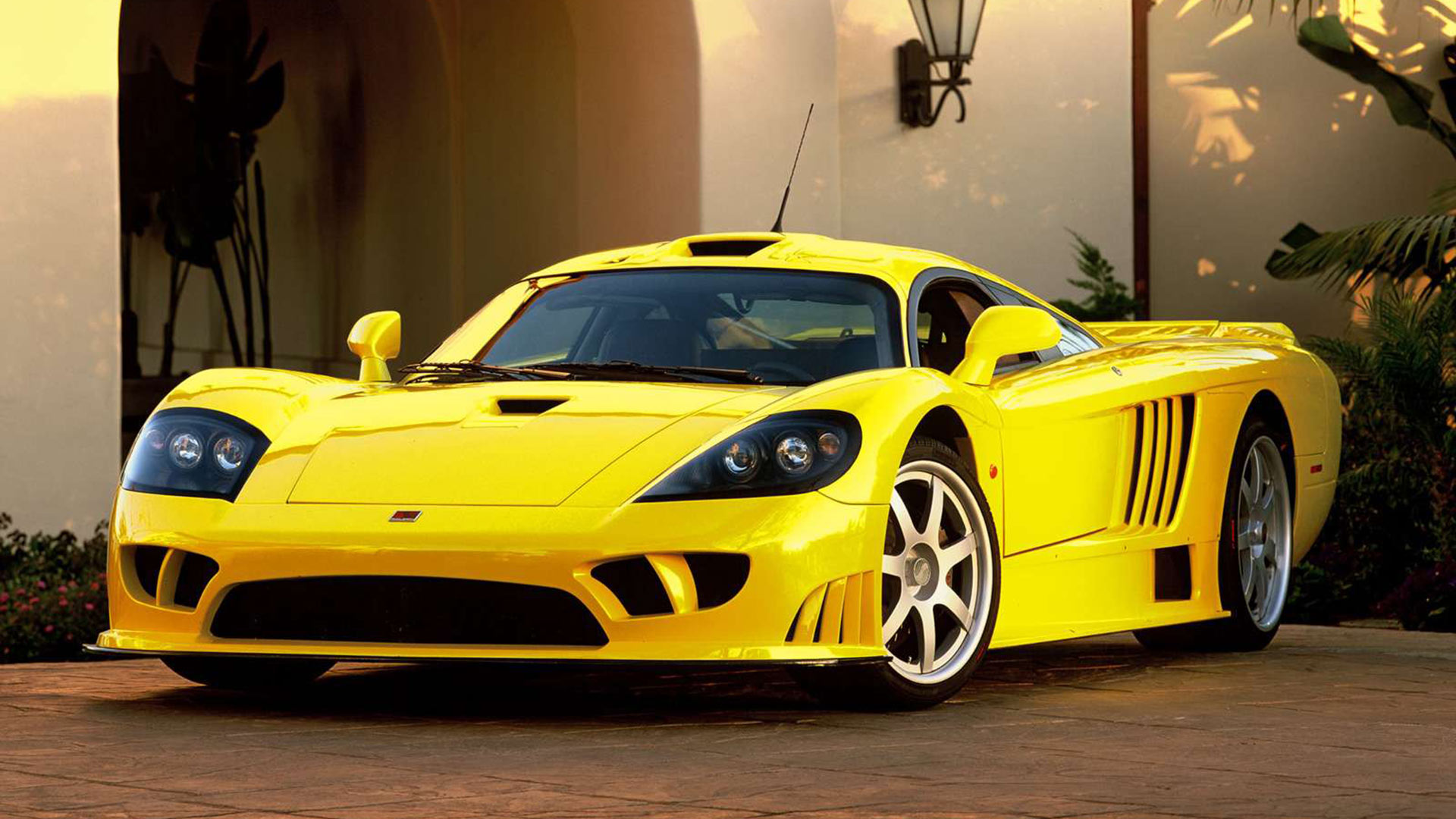
Steve Saleen had developed a reputation for modifying Fords throughout the 1980s and ‘90s, but by the 2000 decided to launch his own bespoke creation. Made entirely from carbon fiber, the Saleen S7 owed more to race car construction than it did to regular road-going vehicles.
Early S7s used a Ford Windsor 426-cubic inch V-8 engine, with later cars featuring a twin-turbocharged version with 750 horsepower. These Twin-Turbo models were claimed to be capable of almost 250 mph.
Specially built S7-R race cars would also compete across the globe, taking multiple class victories in endurance racing.
2001 Mosler MT900

Warren Mosler renamed his sports car company, and continued to work on his designs throughout the 1990s, resulting in the 2001 Mosler MT900. A carbon fiber chassis used a mid-mounted Chevrolet LS1 V-8 engine, with just one prototype being built.
By 2003, Mosler would launch the MT900S, gaining a more powerful LS6 V-8 engine. George Lucas of Star Wars and Indiana Jones fame took delivery of the first road-legal MT900S, with around 20 examples made before production ceased in 2010.
2004 Chrysler ME Four Twelve Concept

The DaimlerChrysler era saw a wealth of exciting Mopar concepts, but the ME Four-Twelve was an example of Detroit going rogue in the pursuit of performance. A Mercedes-Benz 6.0-liter V-12 engine was mid-mounted, and fitted with four turbochargers, to offer a total of 850 horsepower. An eight-speed dual-clutch transmission was also developed to channel power to the rear wheels.
Created as a fully working prototype in just eighteen months, the ME Four-Twelve was capable of 240 mph and running from 0-100 mph in 6.2 seconds. Mercedes-Benz executives were said to be outraged at Chrysler producing something which would challenge their flagship SLR supercar, causing the ME Four-Twelve to be binned.
2005 Ford GT

After appearing as a concept car for the 2002 Detroit Auto Show, Ford finally recreated the GT40 with the retro-inspired GT supercar in 2005. Bigger, wider and taller than the original, it still retained the classic features which defined the GT40, including a mid-mounted V-8 engine.
For 2005 this was a supercharged version of Ford’s Modular 5.4-liter V-8 engine producing 550 horsepower with 500 lb-ft of torque. A six-speed manual transmission was standard for all, with a top speed of 205 mph. Just over 4,000 cars were produced in two model years, with Jeremy Clarkson one of the most famous GT owners.
2006 SSC Ultimate Aero
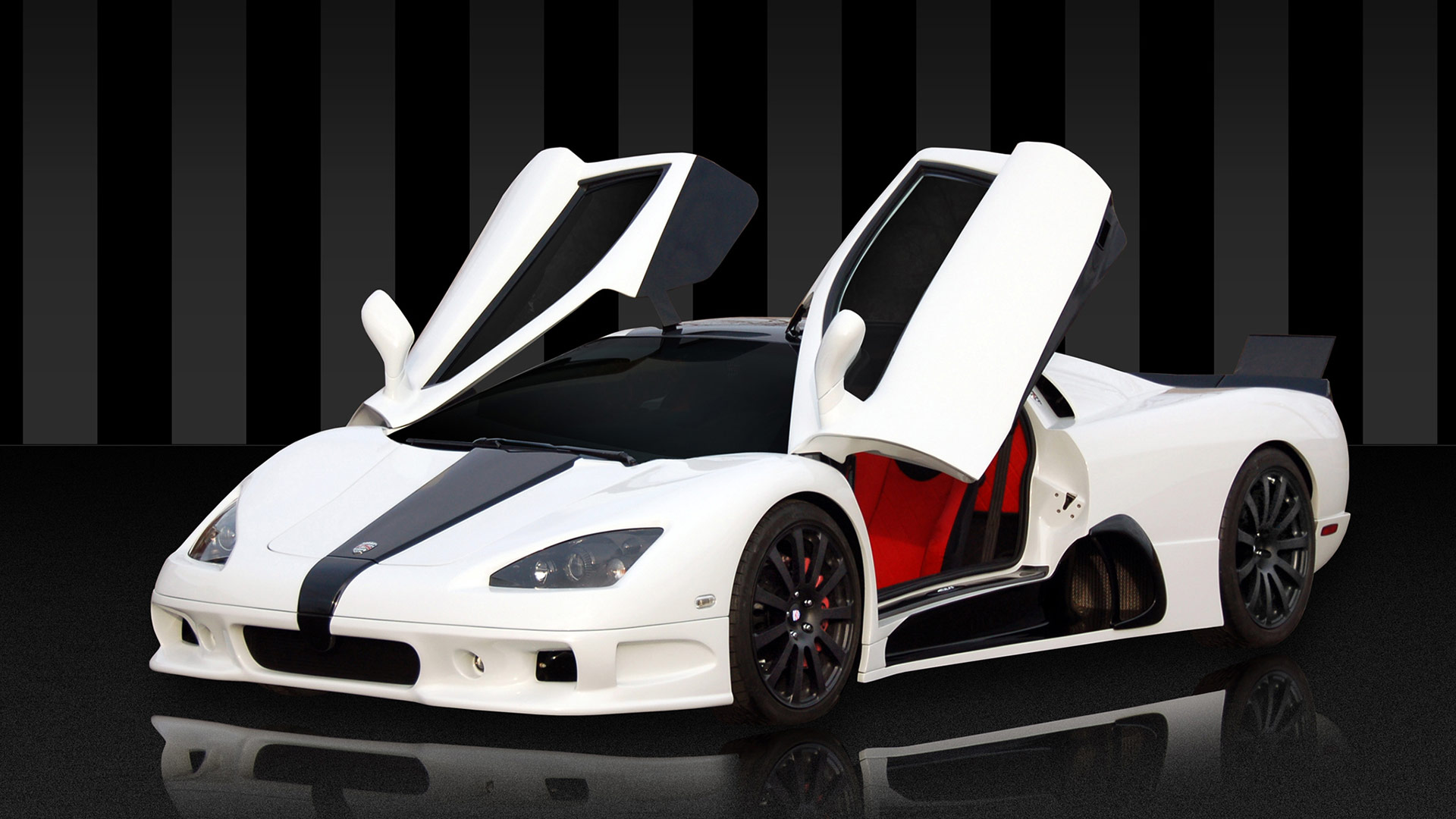
Jerod Shelby (unrelated to legendary engineer Caroll Shelby), set out to create the fastest car in the world from his base in Richland, WA. Shelby began designing his first hypercar in 1998, with the finished prototype for the Ultimate Aero revealed in 2004. Power came from a 782 horsepower supercharged Corvette V-8 engine, mounted in the middle.
Shelby continued to develop the Ultimate Aero, culminating in the Twin-Turbocharged version. A grand total of 1,183 horsepower propelled the Ultimate Aero TT to 256.14 mph in 2007, claiming the Guinness World Record for the fastest production car in the world.
Although the speed record would be beaten by the Bugatti Veyron Super Sport in 2010, SSC completed Ultimate Aero production with a final XT version. Peak power was an incredible 1,300 horsepower.
2011 Hennessey Venom GT

Texas-based tuner John Hennessey has a big reputation for extracting huge power from engines. The Venom GT, built on a modified Lotus Exige chassis, added a twin-turbocharged 7.0-liter GM LSX engine to the mix, with a potential for up to 1,450 horsepower.
Hennessey used the Venom GT to hit a peak speed of 270.49 mph in 2014, but was unable to register an official world record due to the only running in one direction. However, the Venom GT was recognized by Guinness as the fastest accelerating car from 0-186 mph.
2016 Acura NSX

Acura may be the luxury division of Honda, but the second-generation NSX is almost as American as apple pie. Whilst designed for a global audience, North America is the primary market for the new NSX, with production taking place at Honda’s Performance Manufacturing Center in Maryland, Ohio.
Sitting in the middle of the NSX is a 3.5-liter twin-turbocharged V-6 engine, combined with three electric motors, for hybrid all-wheel drive performance. With a total power output of 573 horsepower, the hybrid NSX can accelerate from 0-60 mph in under 3 seconds, and on to over 190 mph.
2017 Saleen S1

A decade after Saleen ended production of the S7, the 2017 Los Angeles Auto Show saw the debut of a brand-new sports car from the American brand. Rather than focussing on straight line speed, the S1 aims to deliver agility with an aluminum chassis and carbon fiber body panels.
A mid-mounted 2.5-liter four-cylinder turbo offers up 450 horsepower, combined with a six-speed manual transmission. Priced from $100,000, initial cars will be built in the USA, with production also planned for China. Saleen has also created a single-model race series to demonstrate the abilities of the S1.
2017 Ford GT
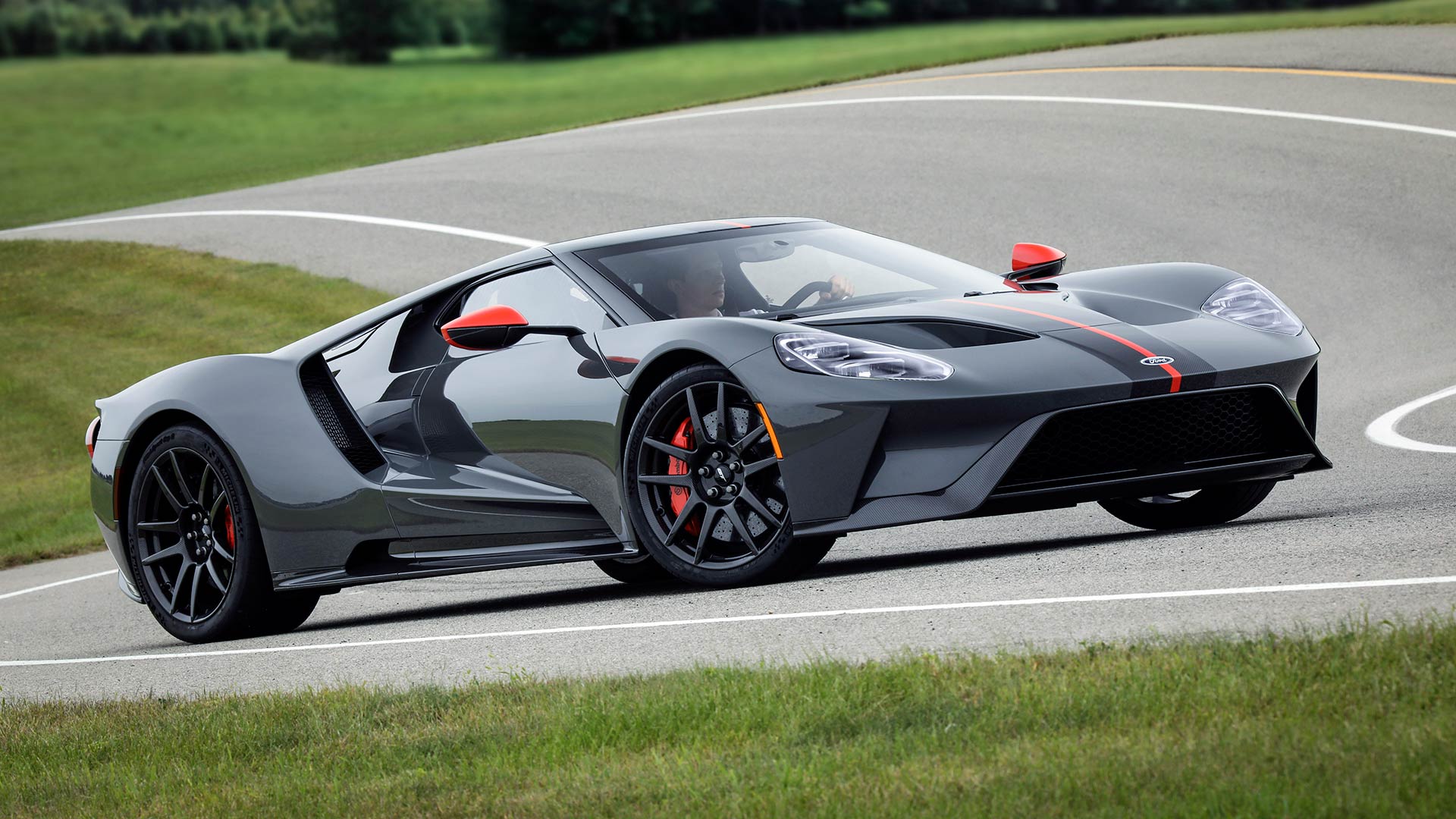
The second-generation Ford GT abandoned retro styling for a thoroughly modern design, using a mid-engined carbon fiber chassis and a twin-turbocharged EcoBoost V-6 engine. Although the technology may be nothing like the original GT40, racing versions have still proved successful, including victory at the 2016 Le Mans 24 Hour race.
Interest in the 647 horsepower GT was so great that Ford was able to pre-select who would qualify to buy one of $500,000 supercars. Is the GT truly American though? Despite being designed in the USA, production actually takes place north of the border in Markham, Ontario.
2019 SSC Tuatara

Slipping into production this year, the SSC Tuatara aims to improve on the performance shown by the Ultimate Aero, with the aim of breaking the 300 mph barrier. A bespoke carbon fiber chassis mounts a custom-designed twin-turbocharged 5.9-liter V-8 engine in the middle.
Regular gasoline sees a power output of 1,350 horsepower, whilst using E85 ethanol results in an incredible 1,750 horsepower. Designed with an aerodynamic shape, the Tuatara is fitted with a seven-speed semi-automatic transmission sending all the power to the rear wheels. Inside is a speedometer which, tellingly, reads all the way to 300 mph.
2019 Hennessey Venom F5

What is better than a top speed of 300 mph? A potential top speed of 301 mph, of course. Hennessey promises that the successor to the Venom GT will offer even more performance, with advanced technology like active aerodynamics and a body made entirely from carbon fiber.
At the heart of the Venom F5 – named after the Fujita tornado scale – is a 6.6-liter twin-turbocharged V-8 engine. This mid-mounted motor has been developed with Pennzoil and Shell, and has been confirmed to produce 1,817 horsepower and 1,193 lb ft of torque.
2020 Chevrolet C8 R
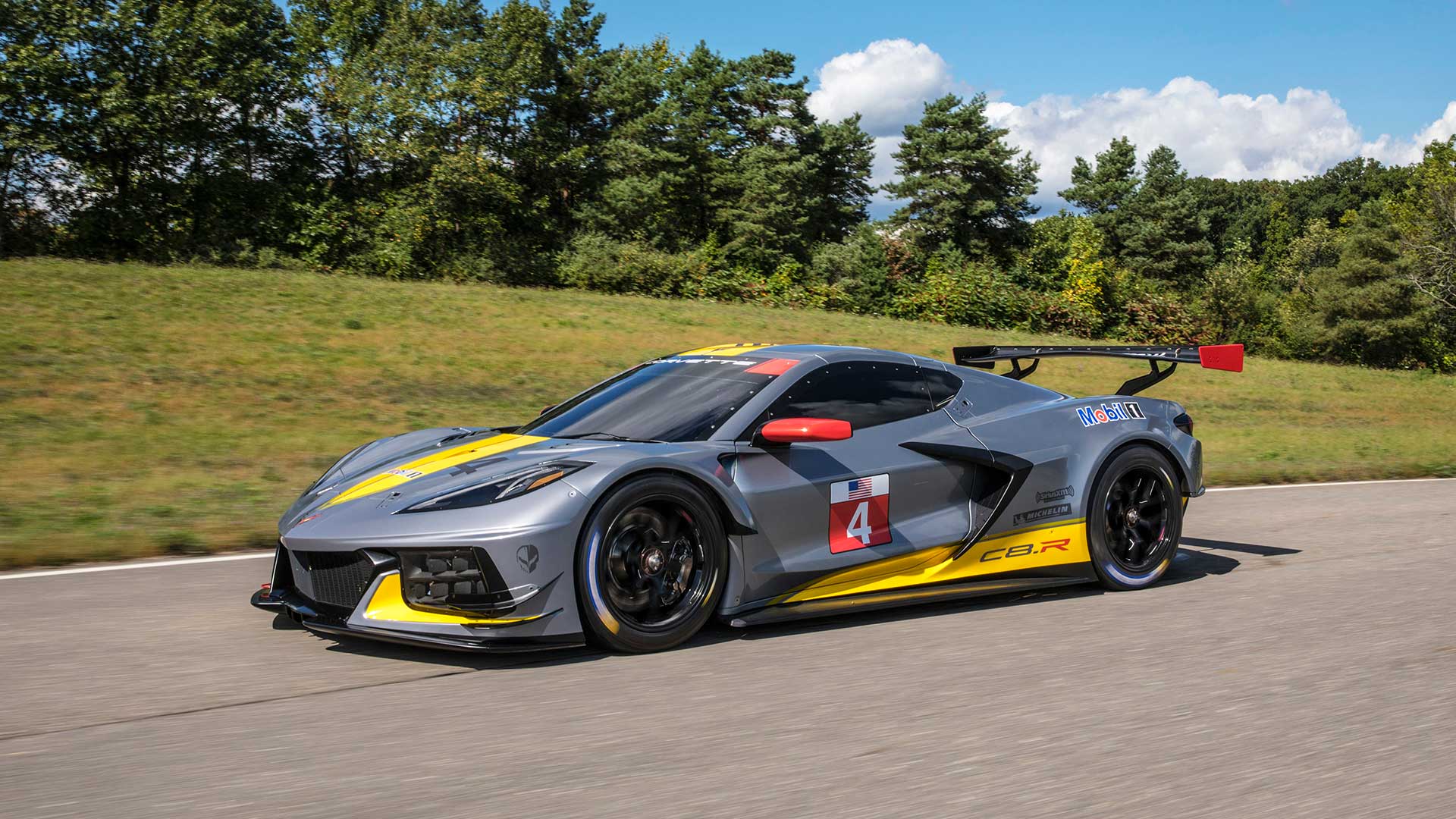
Almost six decades after Zora Arkus-Duntov experimented with a mid-engined Corvette for motorsport, Chevrolet will soon hit the track with a race car based on the new C8. Set to compete in the IMSA GTLM class, the first race for the new C8.R will be the 2020 Daytona 24 Hours event in January.
Using a modified production chassis from the new Corvette, the C8.R use a naturally aspirated V-8 engine producing 500 horsepower. Chevrolet states that the new yellow and silver livery pays tribute to classic mid-engined concepts, including the Aerovette.